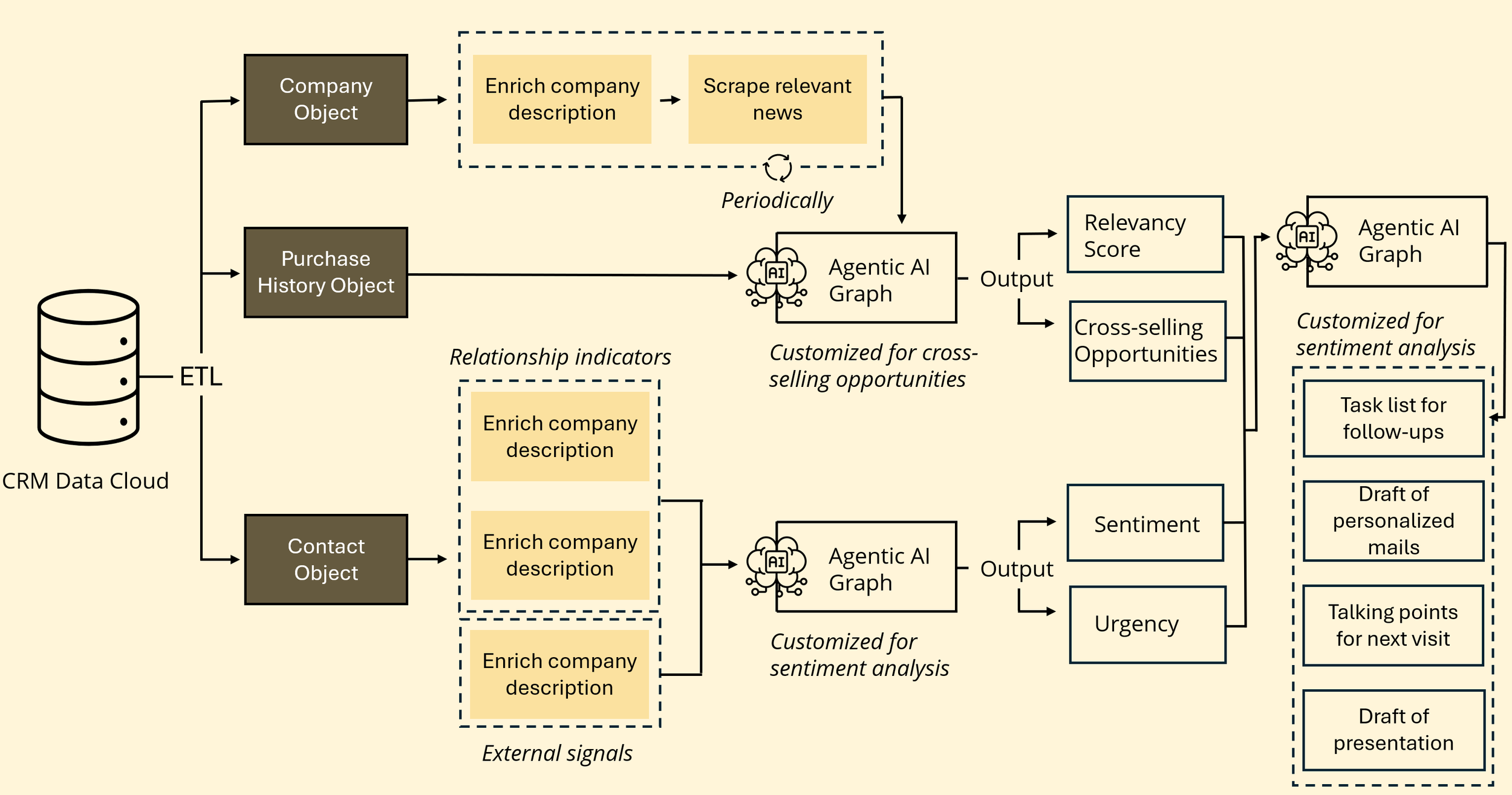Agentic AI Graphs
Melting Face AI leverages advanced graph technology to represent and analyze complex data relationships, delivering powerful solutions for applications such as recommendation systems, social network analysis, and knowledge management.
Agentic AI graphs combine the principles of agent-based modeling with graph theory, enabling the representation of autonomous agents within a networked system. These agents function as independent entities capable of perceiving their environment, making decisions, and executing actions to achieve specific objectives. In an AI context, these agents can include software programs, robots, or other entities that demonstrate autonomous behavior, driving innovative and intelligent system interactions.
Knowledge Graphs
In Retrieval-Augmented Generation (RAG) applications, knowledge graphs stored in graph databases elevate the retrieval process by structuring data into entities and their interrelationships. Graph databases excel at handling complex, interconnected information, enabling efficient traversal of nodes and links to uncover contextually relevant insights.
By leveraging the structured design of knowledge graphs, RAG systems retrieve data not only based on semantic similarities but also through logical relationships between concepts. This approach provides a deeper contextual understanding, facilitating the generation of more accurate, coherent, and context-aware responses, ultimately enhancing decision-making and interactions driven by knowledge.


